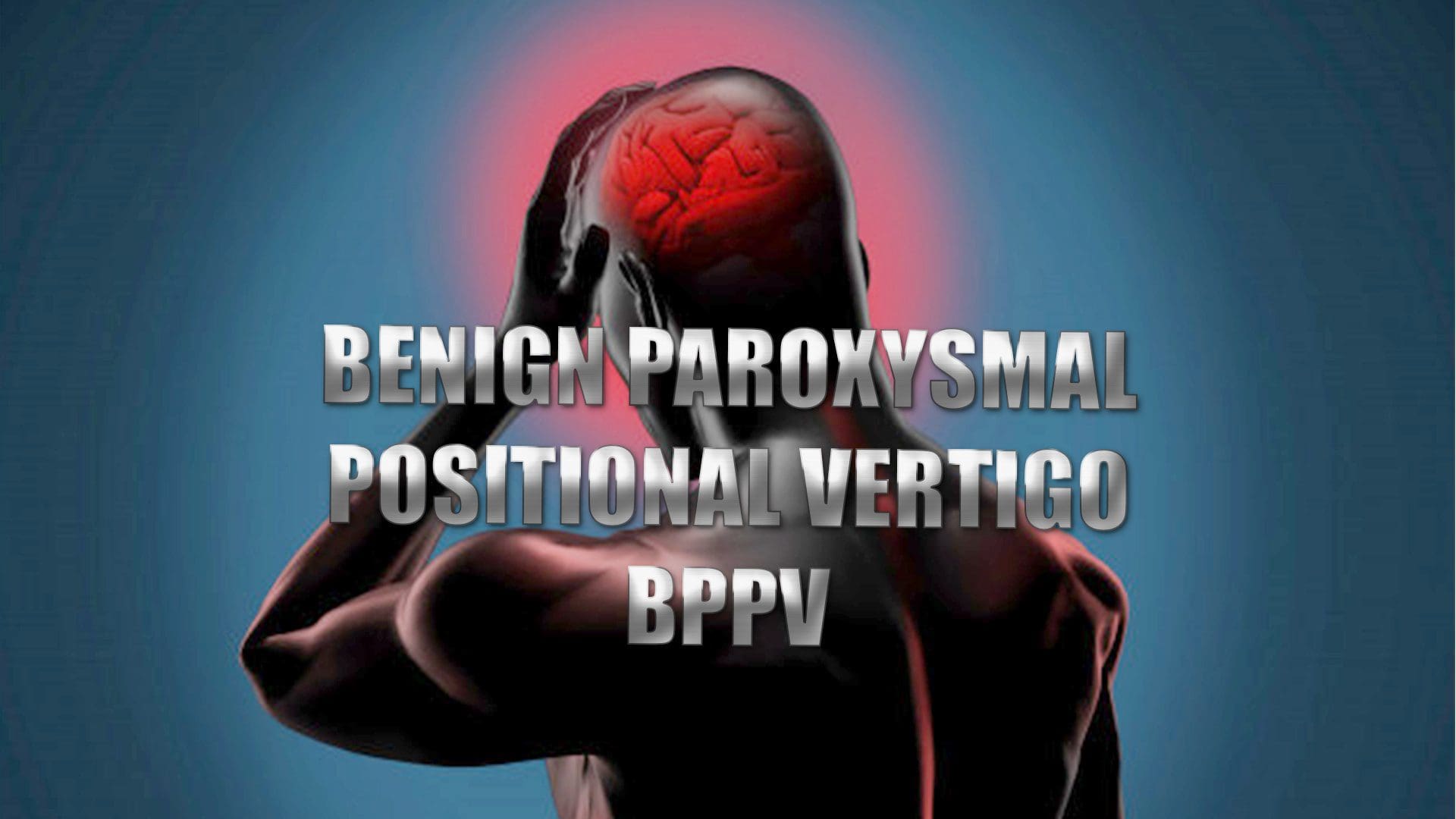

Take sensible precautions, such as walk with others hold onto rails when using stairs and avoid activities that challenge your balance, such as climbing ladders or walking on uneven surfaces. This increases the risk of falling over while you have symptoms. Important considerations FallsīPPV can make you feel unsteady and off balance. Take note of what causes your symptoms, as this will be helpful for your health professional. If your symptoms do not resolve or they re-occur, follow up with your doctor or a physiotherapist who treats BPPV. You don't need to limit your activities or movements, as these won't change the risk of BPPV occurring again. You may experience mild dizziness or feel a bit ‘off’ for up to a week after the BPPV episode.įor some people, BPPV can re-occur again after a period of time. Sometimes it takes more than one session to treat BPPV, so you may be referred to a specialist doctor or physiotherapist for further treatment. The choice of exercise will depend on what type of BPPV you have.
Benign paroxysmal positional vertigo professional#
The most common exercises your health professional might use are called the “epley manoeuvre” or the “BBQ roll”.

It is important to seek treatment, even though BPPV may get better without treatment in some people. TreatmentīPPV can be treated with exercises that involve moving your head in certain positions to return the dislodged crystal back to the correct position in the inner ear. Sometimes the results may not be clear, especially if you have been given medication for your symptoms. However, it is important to work out a diagnosis and find out which ear is causing the problem so you can have the best treatment. These tests may bring on your symptoms and can feel uncomfortable. The treating health professional will also perform some tests which involve moving your head in certain positions while examining your eyes. To obtain a diagnosis, a health professional, such as a doctor or physiotherapist, will ask you to describe your symptoms in detail.

Diagram of the inner ear with the semicircular canals highlighted. If you have these symptoms, please tell your treating doctor. Symptoms are brought on by changes in head position, such as rolling over in bed, getting out of bed, lifting your head to look up or bending down.īPPV does not cause ringing in your ears (tinnitus) or hearing loss.

It can last seconds or a couple of minutes at a time and may be accompanied by nausea and sometimes vomiting. SymptomsīPPV causes feelings of dizziness or imbalance. When a crystal is moving within these canals, it causes the feeling of dizziness. These canals are part of your balance system. BPPV occurs when small crystals in your ear become dislodged and settle in the fluid-filled semicircular canals of the inner ear. Though BPPV can be very unpleasant, the condition is called ‘benign’ as it does not cause serious harm. This often feels like the room is spinning, causing you to feel dizzy. Vertigo is a feeling of movement when the body is not actually moving. What is BPPV?īPPV is one of the most common forms of vertigo. If you have specific concerns, speak to your healthcare professional for further information and advice. This fact sheet provides general information. People with BPPV may experience unpleasant symptoms however, with correct diagnosis and treatment, the BPPV normally resolves quickly. This fact sheet is for people who have experienced benign paroxysmal positional vertigo (BPPV) and have presented to the emergency department.


 0 kommentar(er)
0 kommentar(er)
